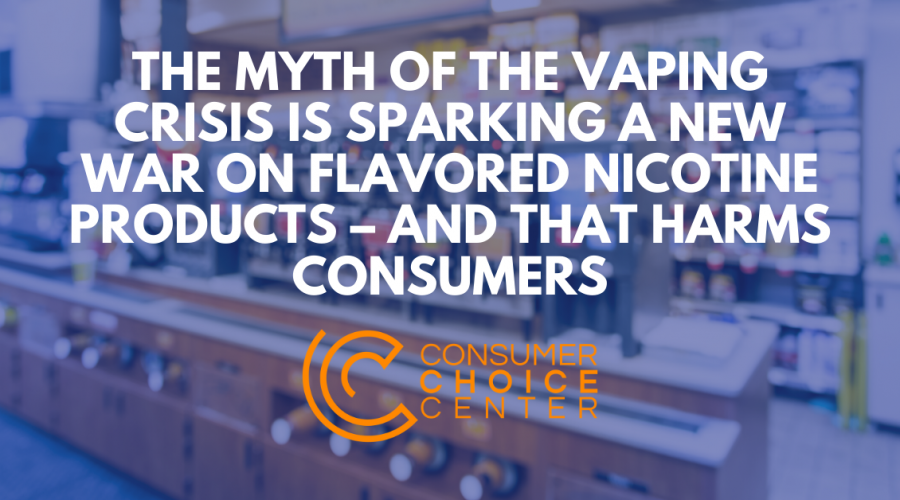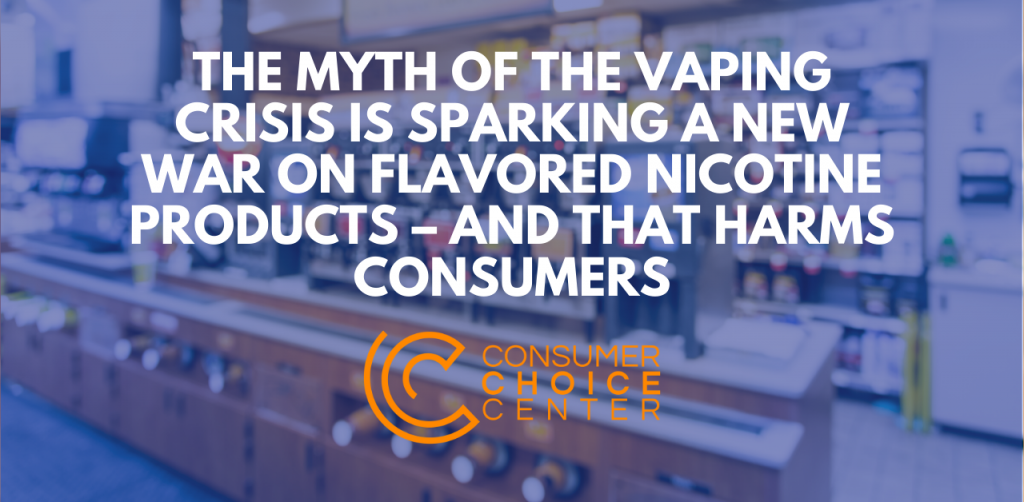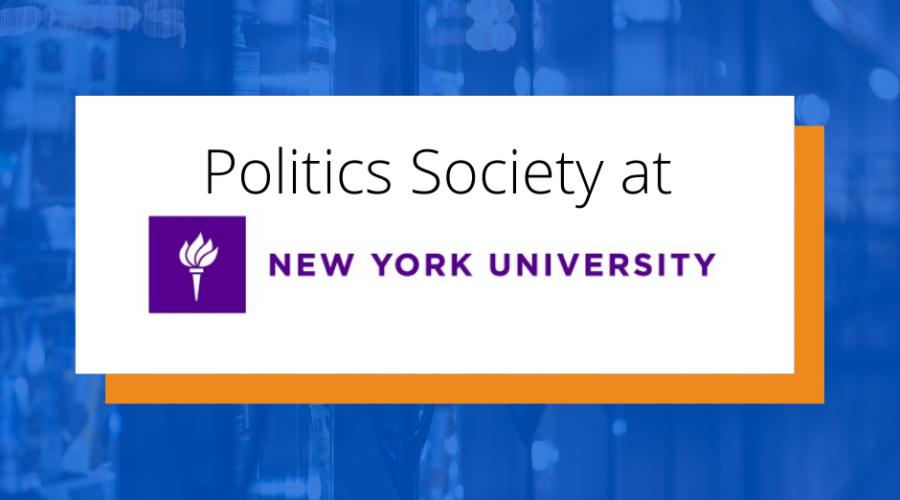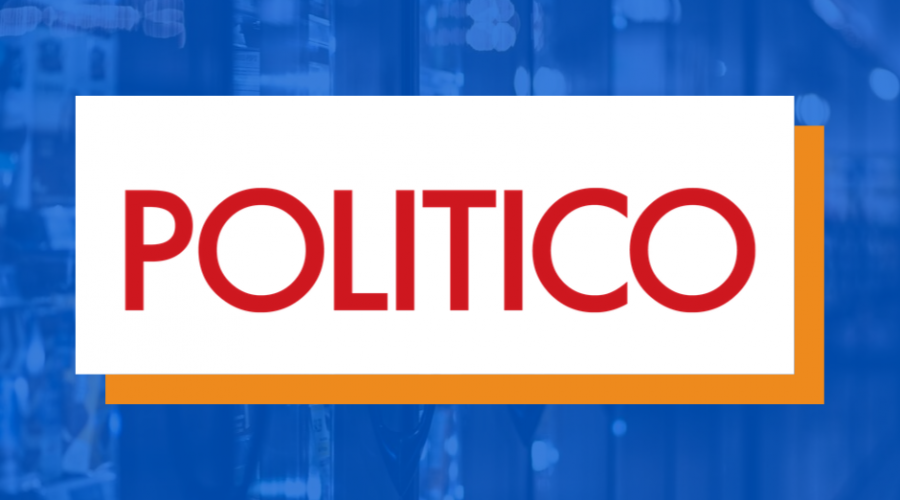Smoking is up for the first time in a generation. The public health lobby is to blame
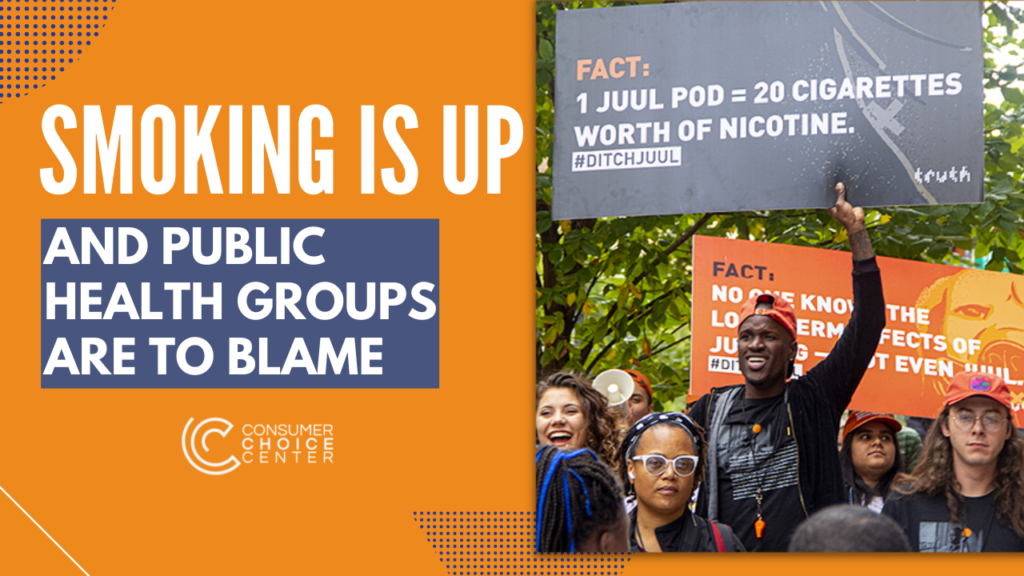
It often takes a long time for health policy influencers, advocates, and proponents to admit fault.
When it is about topics such as diet fads, saturated fats, food pyramids, and sugar consumption, long-held consensus beliefs and government actions later proved erroneous have had a lasting negative impact.
But nothing has been more egregious and harmful in our current age than the public health lobby’s persistent denialism of the harm reduction value of nicotine vaping products and other alternatives to cigarettes.
That denialism has come in many forms: public information campaigns demonizing vaping devices, misinformation on lung illnesses caused by tainted cannabis cartridges, bans, restrictions, and taxes on flavored nicotine products (especially those without tobacco), Kafkaesque market authorization applications handled by the drug regulators, and a never-ending crusade to deny adult consumers from having access to life-saving products because of illicit and risky behavior by teens.
These public health bodies, anti-smoking groups, and allied journalists, whatever their intent, have sought to convince the public that not only is smoking bad and dangerous — an easy admission — but also that alternative nicotine devices like vaping products, nicotine pouches, and heated tobacco are just as or even riskier than a pack of smokes.
Those conclusions are easily debunked by the millions of passionate vapers who have long since put down cigarettes and taken up customized tanks, vaporizers, and flavored liquids that give them a familiar nicotine sensation without the tar and combustible byproducts of tobacco.
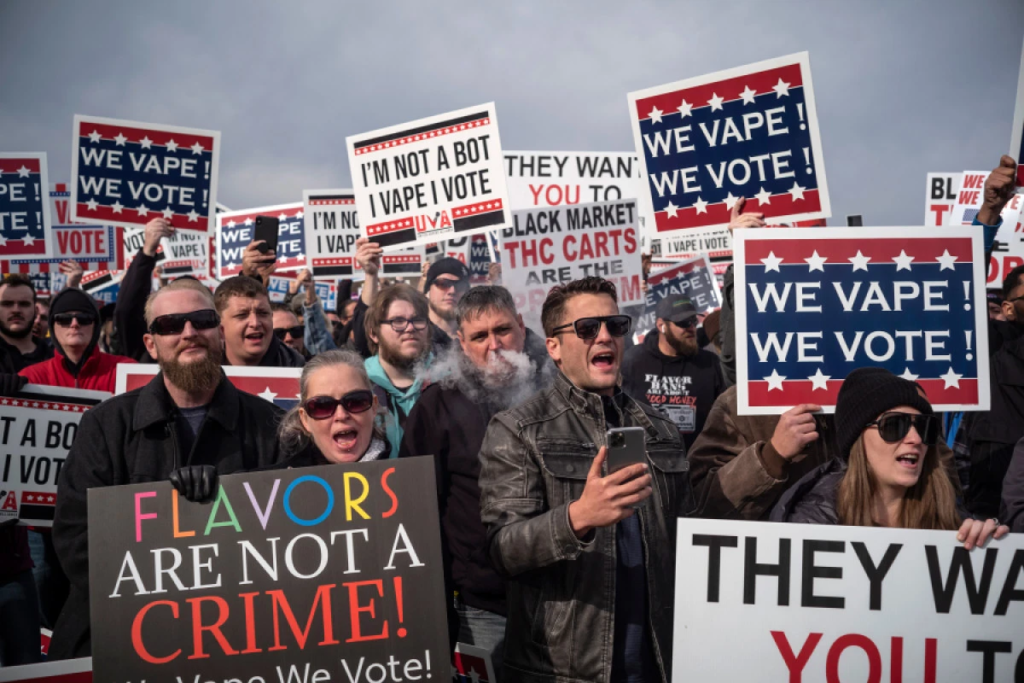
The public health mission to muddy the popular perception of nicotine alternatives such as vaping — even though it is scientifically proven to be 95% less harmful than cigarettes — is causing actual damage to American public health. And now we have the proof.
That proof is found both in the increased sales of cigarettes nationwide and also in a highly concentrated study on teen smoking in a jurisdiction where flavored nicotine vaping was outlawed.
According to the sales figures collected by the Federal Trade Commission for its 2020 Cigarette Report, Americans bought more cigarettes in 2020 than they have in more than a generation.
“The total number of cigarettes reported sold by the major manufacturers, 203.7 billion units in 2020, increased by 0.8 billion units (0.4 percent) from 2019, the first increase in cigarettes sold in twenty years,” cites the report.
Americans could be buying more cigarettes for a multitude of reasons: lockdowns, stress from both the pandemic and the government responses to the pandemic, job losses, closed schools, and more. Or perhaps because they’ve been told repeatedly by trusted public health sources and news outlets that vaping, an alternative that millions of adult consumers are now using to quit smoking, is just as dangerous.
Whatever your conclusion, the trend that lowered the percentage of US smokers down to 14 percent in 2019 (when the last complete nationwide survey was completed) is halting. And that should concern us all.
We see anecdotal echoes of this in a recent style piece in the New York Times, highlighting the “comeback” of cigarettes among the bourgeois hipster crowd in Brooklyn, New York.
“I switched back to cigarettes because I thought it would be healthier than Juuling,” claimed one woman. It seems the public health lobbies have done their job.
On the more evidentiary side, an extensive May 2021 article published in JAMA Pediatrics found that after San Francisco’s ban on flavored vaping and tobacco products, more teens took up smoking.
“San Francisco’s ban on flavored tobacco product sales was associated with increased smoking among minor high school students relative to other school districts,” concludes the paper.
As tobacco harm reduction advocates have claimed for several years, the persistent public health campaigns, echoed by headline-grabbing media outlets, to demonize and restrict access to vaping has led to a predictable rise in smoking rates, both among adults and teens.
Whatever your view on whether vaping devices, heated tobacco, snus, or nicotine pouches are the most attractive and effective gateway away from smoking, this recent uptick in smoking demonstrates actual harms result when politically-charged health lobbies seek to extinguish market alternatives. And we must ask why they persist.
The opposition of these groups, along with affiliated journalists and researchers, to the rise of nicotine alternatives may have less to do with quantitative questions of science and health and more to do with how these products were created and are delivered: by entrepreneurs providing solutions in the market.
These entrepreneurs are vape shop owners, makers of vape liquids, gas station owners, vaping technology firms, tobacco firms pivoting to alternative products, and an entire creative class of vaping influencers both on and offline who are trying to give smokers a second chance at a long life. These are the true heroes of harm reduction in the 21st century.
The fact that spontaneous markets can deliver helpful and healthier solutions because of consumer demand, rather than by edicts, funding, and programs directly controlled by public health bureaucracies and agencies, runs counter to much of the ideology in the tobacco control space.
It is the former, therefore, that is the true American innovative spirit that has helped make this country so prosperous and competitive, while the latter has failed us again and again.
If we want to reclaim a true public health victory and help smokers quit to give them long and fruitful lives, it is time to cast aside this aversion to the innovations of the market. The future health of our nation depends on it.
Yaël Ossowski is deputy director at the Consumer Choice Center

